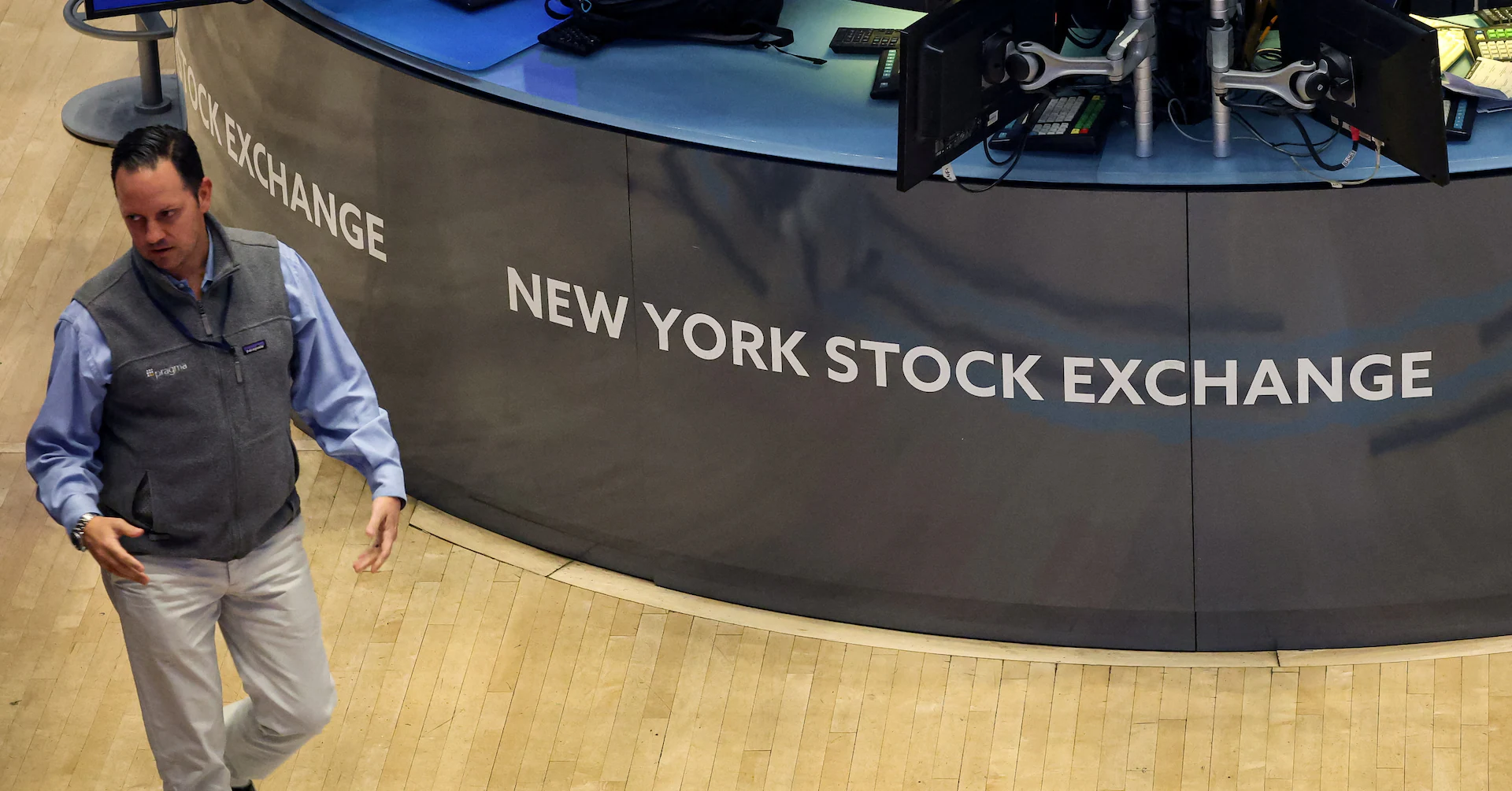Copyright benzinga

Analysts are saying that Best Buy could fall by 2030. Bullish on BBY? Invest in Best Buy on SoFi with no commissions. If it’s your first time signing up for SoFi, you’ll receive up to $1,000 in stock when you first fund your account. Plus, get a 1% bonus if you transfer your investments and keep them there until December 31, 2025. Best Buy (BBY) is working to mitigate the impact of tariffs on its margins, as well as the pressures of a highly competitive retail sector. The company is expanding its services and membership programs to transform its business model, and investors can anticipate fluctuations in the stock as demand for consumer electronics normalizes. In this article, we’ll examine price-target forecasts through 2030, analyze Wall Street’s latest sentiment, and break down the bullish and bearish outlooks shaping BBY’s risk/reward proposition. Current BBY Stock Overview Market Cap: $16.71 billionTrailing P/E: 21.11Forward P/E: 11.431 Year Return: -11%YTD Return: -7% According to Benzinga, Best Buy is a consensus Buy with a price target of $84.53 based on the ratings of 21 analysts. The high target is $116, and the low is $60. The three most recent targets average $86.33 with an implied 8% upside. Quick Snapshot Table of Predictions Bull & Bear Case The bull case sees genuine value in the company’s ongoing transformation toward a service-oriented model, while the bear case emphasizes structural risks inherent in the consumer electronics retail sector. The expansion of services and membership programs enables Best Buy to diversify its revenue streams and strengthen customer loyalty.Implementation of retail artificial intelligence technologies enhances the customer experience while improving operational efficiency.A normalization in consumer electronics demand supports steadier sales growth following previous market volatility.Strategic pricing adjustments help offset tariff-related cost pressures and protect profit margins. Higher inflation and renewed tariffs increase operating costs and pressure profit margins.Softer consumer spending reduces discretionary purchases, weighing on overall revenue performance.A highly competitive retail environment constrains pricing flexibility and limits profitability.Escalating tariffs could further strain supply chains and negatively affect earnings. BBY Stock Price Prediction for 2025 According to CoinCodex, Best Buy stock is projected to experience a moderate trading range with periodic volatility in 2025 amid short-term economic and operational challenges from tariffs and competitive pressures. This forecast is heavily predicated on the idea that the retailer’s strategic shift to services will begin to support the stock, but not enough to fully overcome the broader market’s concerns over consumer spending power and margin pressure. BBY Stock Price Prediction for 2026 For 2026, CoinCodex sees the stock trading within a wide range well below this year’s prices. The predicted decline is substantial, based on models that factor in long-term historical trends and anticipated market volatility. A sharp correction could present opportunities for sophisticated trading strategies, such as shorting, based on the deep-seated concern that Best Buy’s reliance on cyclical, discretionary spending will become a major financial detriment during this period. BBY Stock Price Prediction for 2030 By 2030, CoinCodex’s forecast spans a wide range reflecting long-term uncertainties in brick-and-mortar retail and digital transformation success. Best Buy’s ability to innovate in retail technology and sustain profitable service offerings will largely influence share performance. This long-range forecast implies that the company’s business model may fail to adapt adequately to the structural, decade-long changes in the consumer electronics retail sector, leading to a major decrease in its valuation. Investment Considerations As a major retailer relying on global supply chains, Best Buy is uniquely exposed to geopolitical risks and trade tariffs, which can abruptly increase the cost of goods imported from Asian manufacturing hubs. While retailers have worked to lower their dependence on high-tariff regions, the threat of new trade policies continues to weigh on business confidence and future earnings guidance. Investors should meticulously analyze Best Buy’s quarterly reports for updates on supply chain diversification and margin protection strategies against external, unpredictable pressures. Value investors often view Best Buy favorably due to its attractive dividend yield and a P/E ratio that suggests it may be undervalued compared to the broader specialty retail industry. But investors should look beyond simple ratios and assess the company’s growth prospects, specifically its ability to generate comparable sales growth and expand earnings year-over-year. The success of Best Buy’s strategic focus on membership programs and services is especially paramount. These high-margin, sticky revenue sources are crucial for offsetting the ongoing erosion of gross margins caused by a sales mix shifting toward lower-profit electronic categories.



